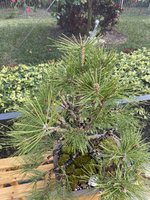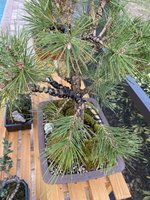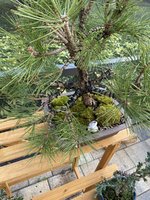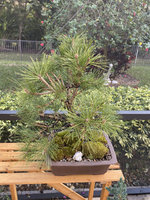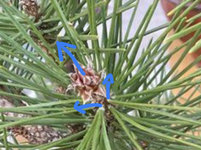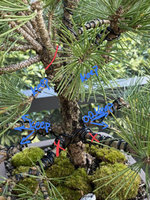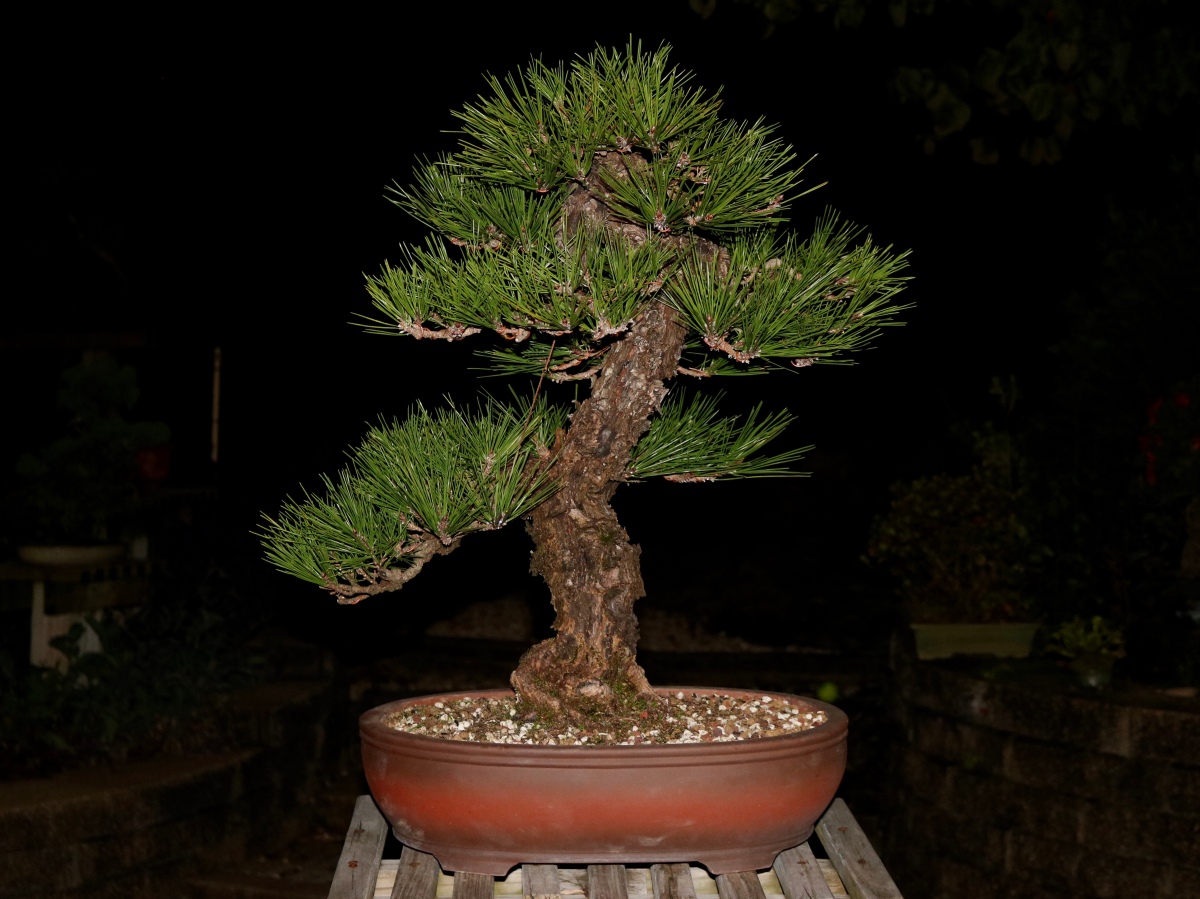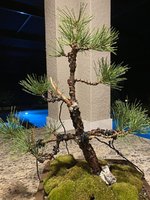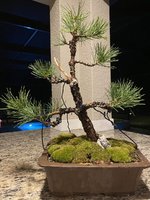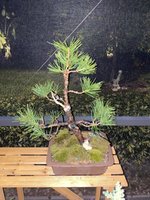Drjd
Yamadori
I just purchased a new Japanese cork bark Black Pine. This is my first pine and I’m really excited. I’ve read a lot and watched a lot on styling black Pines and black pine care. Unfortunately the issue I’ve run into is not something I’ve read enough about. The first branches seem to have grown in a spoke and wheel pattern (5 large primary branches radiating in a circle from the middle portion of the tree). I was hoping for some ideas for the initial styling especially regarding how to correct or make the spoke pattern work for this tree. Of course my major concern is given the thick branches radiate around the tree I’m not sure how to remove them without leaving large scars over both sides that could have been the front. that may never be completely correctable. I appreciate any help in guidance! I also appreciate any articles or videos that you can direct me to help me address this issue.
Attachments
Last edited:

